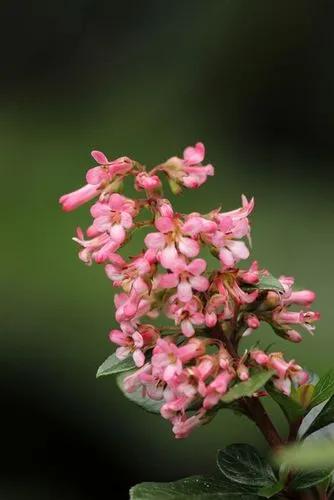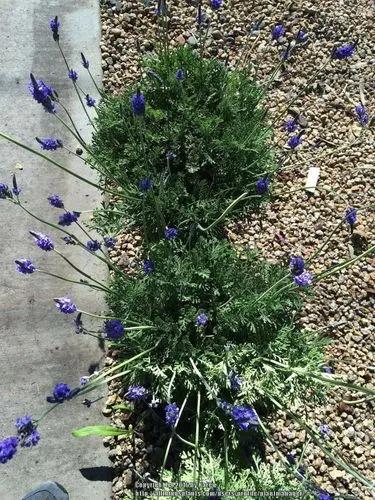As the epithet odoratum suggests, the plant is strongly scented, the sweet scent being derived from coumarin. This scent increases on wilting and then persists on drying, and the dried plant is used in potpourri and as a moth deterrent.
Petasites Paradoxus Care
Petasites Paradoxus



What is the plant
How to Care for the Plant

Water

Water occasionally.

Pruning

Basically, just divide the plant in early spring, if needed.

Fertilizer

Fertilize annually if you don’t already have rich soil.
Ease your plant care routine with PlantIn's personalized system.

Sunlight

It can grow in full shade (deep woodland) semi-shade (light woodland) or no shade.

Soil

Perform well in most types of soil.

Temperature

USDA Zone 5a: to -28.8 °C (-20 °F)
Ease your plant care routine with PlantIn's personalized system.

Additional

The concentration of the toxic alkaloids is often highest in the rhizomes and lowest in the leaves, and may vary depending on where the plants are grown. These chemicals are toxic to the liver and may cause cancers.

Popularity

13 people already have this plant 4 people have added this plant to their wishlists
What's wrong with your plant?
Related Plants
Discover more plants with the list below
Popular articles






